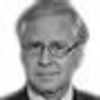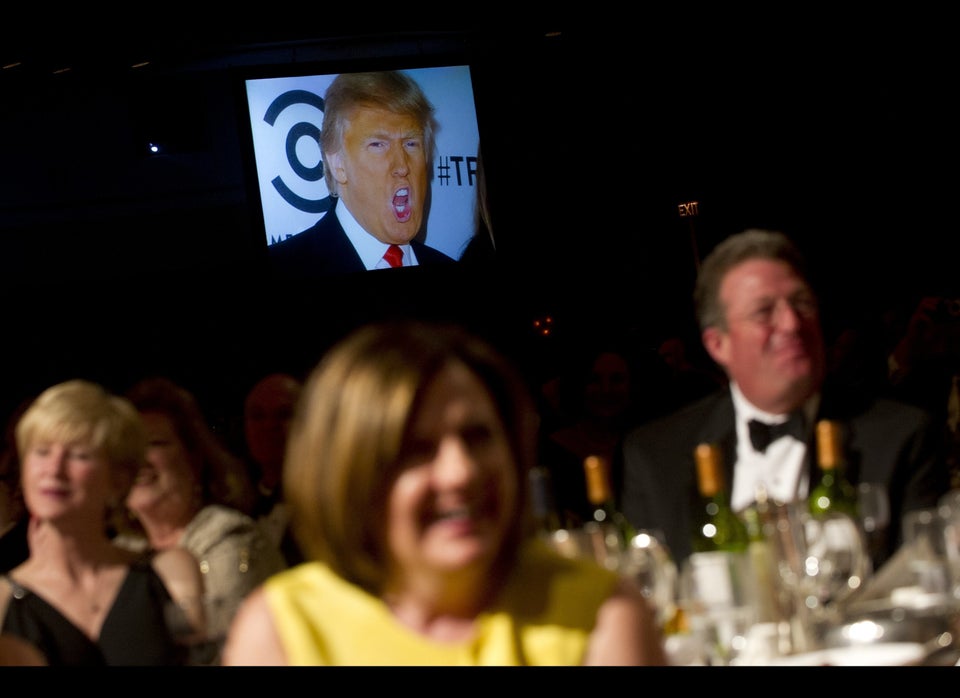
WASHINGTON -- To launch a building project in New York, you need to be a ruthless, egotistical bully: intimidating bureaucrats, buying politicians and unions, and selling your dream by spinning the local media like a top.
But to finish it, you need to be adaptable. If you hit unexpected bedrock, you change the footprint. If a supplier goes bankrupt, you sue and find another. If interest rates rise and the project no longer “pencils,” you build fewer floors. If the deal falls apart, you declare it bankrupt and unapologetically stick your investors with the loss, dismissing them as greedy predators even more ruthless than you are.
Then you start over, for the goal remains the same: to get your name on yet another Taj Mahal on the island of Manhattan.
And so it is with Donald Trump, the New York-based builder/TV host who was always too scary to be a joke and who is now the frontrunner for the 2016 Republican nomination.
He cold-bloodedly has used personal attacks; fear based on class, race and ethnicity; cynical appeals to marginal voters – and lots of his own jet fuel – to impose at least a temporary stranglehold on most of American campaign politics.
He has built his campaign foundation on the Manhattan Schist of disaffected white voters who believe in a variety of ideologies, including none at all. But there are not enough of those voters, and not enough proof that they will show up at the polls, to guarantee victory, even in a crowded field.
So now Trump must adapt. That is, he must be seen as adapting.
Trump is ever so slightly but noticeably domesticating himself: throwing fewer counter-punches, hiring politically experienced staff, soliciting small donations, pledging to remain a Republican (on his own terms), and offering somewhat less-combative statements and policy proposals.
Late this week, for example, Trump said that he would not repudiate the six-nation nuclear arms deal with Iran, comparing it to a bad contract he would inherit and work to salvage.
Asked about the migrant crisis in Europe, where fleeing refugees from Syria are facing hardship and generating controversy, Trump said that he would “possibly” accept some in the U.S.
Although he still relies largely on bluster and vague promises, Trump’s team is working on “position papers” on tax and foreign policy -- the former likely to include proposals for tax hikes on the rich and on hedge fund managers.
Trump has made common cause with one of his rivals, Sen. Ted Cruz of Texas, on foreign policy, even though Trump earlier said that anyone who goes to work in Washington becomes “impotent” and corrupt by definition.
Confronted by GOP rules in various states that require candidates to pledge fealty to the party to run in a primary, Trump shrewdly made a virtue of political necessity. He insisted that a new national party pledge be signed by all of the GOP candidates, not just him -- assuring that the others, in a sense, must testify to his mainstream credentials.
Trump more or less walked away from another war with a media figure, in this case influential conservative radio host Hugh Hewitt. Hewitt surprised Trump by asking him to identify by name and comment on several key Middle Eastern terrorism leaders. An embarrassed and confused Trump failed the test.
Trump dismissed Hewitt as a “third-rate radio announcer,” but chose not to prolong the argument, perhaps because Hewitt is slated to be a panelist at the next TV debate.
And in a way Hewitt did him a favor: Trump will learn the names.
The Donald foreshadowed the arrival of this new, semi-domesticated self two months ago, long before rumors arose that he would sign a pledge of allegiance to the GOP. He did it by saying that he was running in the name of a new “Silent Majority.” In saying so, Trump was telling the world that his GOP role model was Richard Nixon, not Patrick J. Buchanan.
Trump knows the history.
In 1992, “Pitchfork Pat” upset then-President George H.W. Bush in the New Hampshire GOP primary with a gut-punching, openly xenophobic populist attack. But his style and speech, which contained touches of Savonarola and Joe McCarthy, made him obviously unelectable.
In 1968, by contrast, Nixon was the ultimate party man (former GOP representative, senator and vice president). And he ran in the name of a newly discovered “Silent Majority,” who merely wanted “law and order” -- a shrewdly benign slogan in which to wrap an appeal to racial fear.
Nixon’s core supporters were angry about and fearful of social changes rocking the U.S. in the '60s, led by the push for racial equality. But even as he played to those fears, Nixon calmly promised the country that he would “bring us together.” He cleverly didn’t ever say who “us” was.
Trump is now moving toward his own version of the same thing. Having secured the lowest fetid ground, he is edging upward.
Has he had a change of heart? No. Does he now suddenly care about the courtesies of traditional campaigning? Hardly. His brand remains the same. It’s all about disruption and the Great Man Theory of how to solve problems.
It’s just that to build a new skyscraper, even a Great Man must act like a mortal now and then.
Also on HuffPost:

